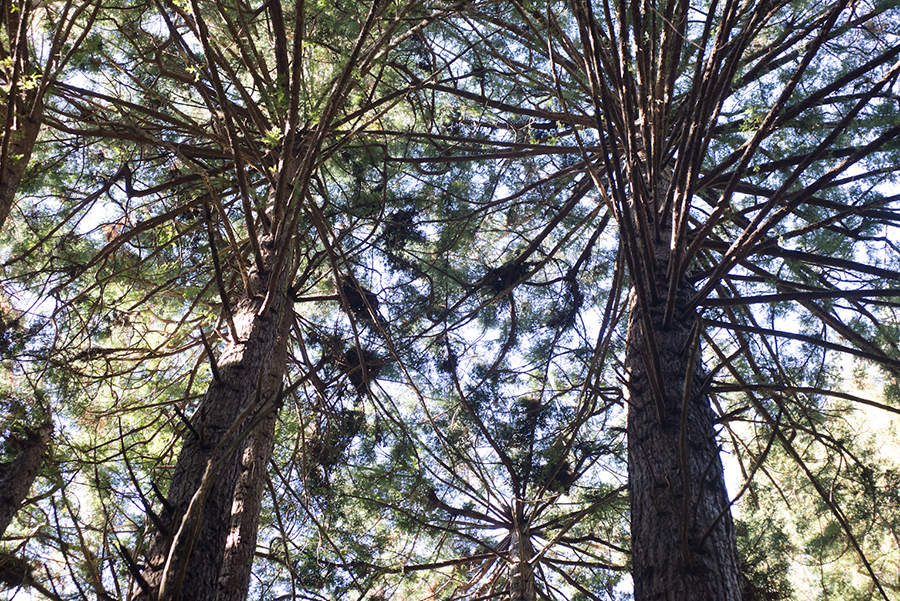The nesting season at the Martin Griffin Preserve just north of Stinson Beach started as most seasons do: the great egrets descended in April with . . .
Raptors suspected in Audubon nesting failure


The nesting season at the Martin Griffin Preserve just north of Stinson Beach started as most seasons do: the great egrets descended in April with . . .